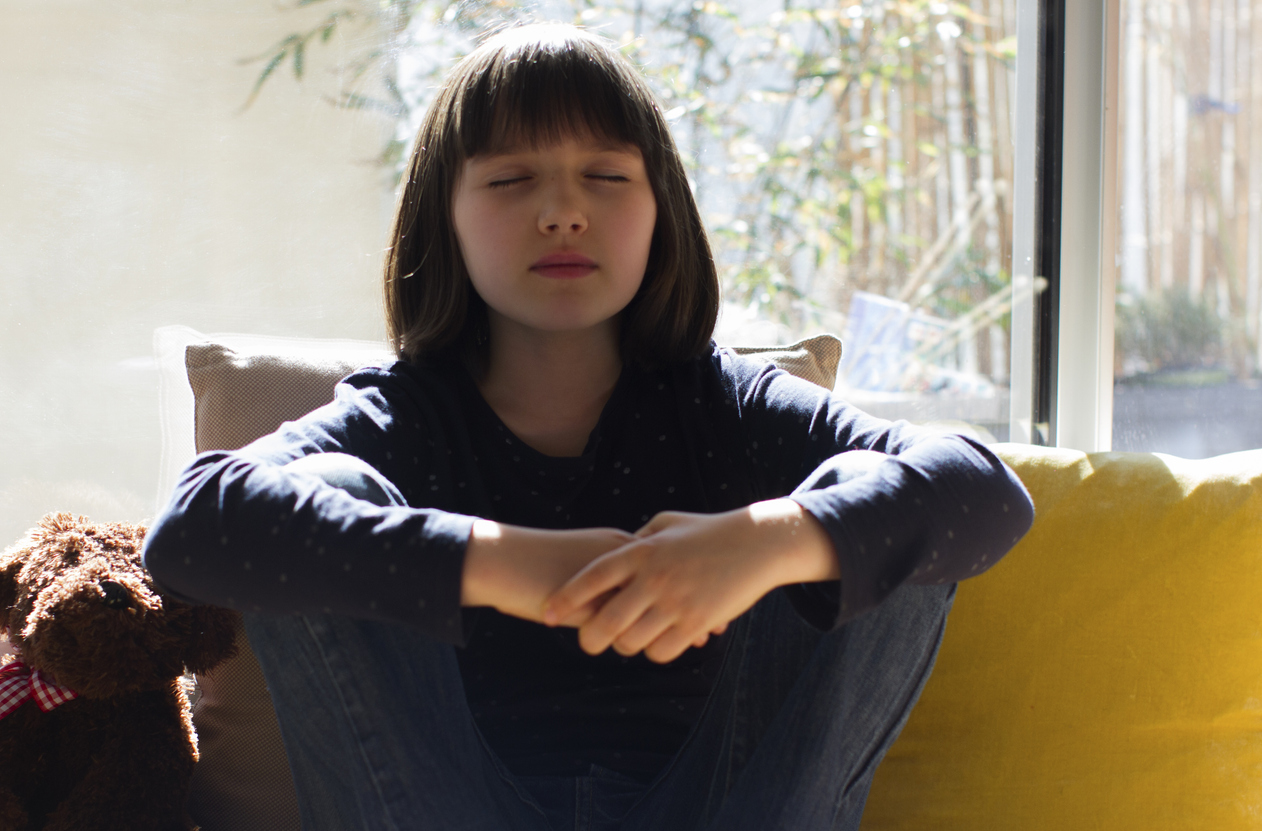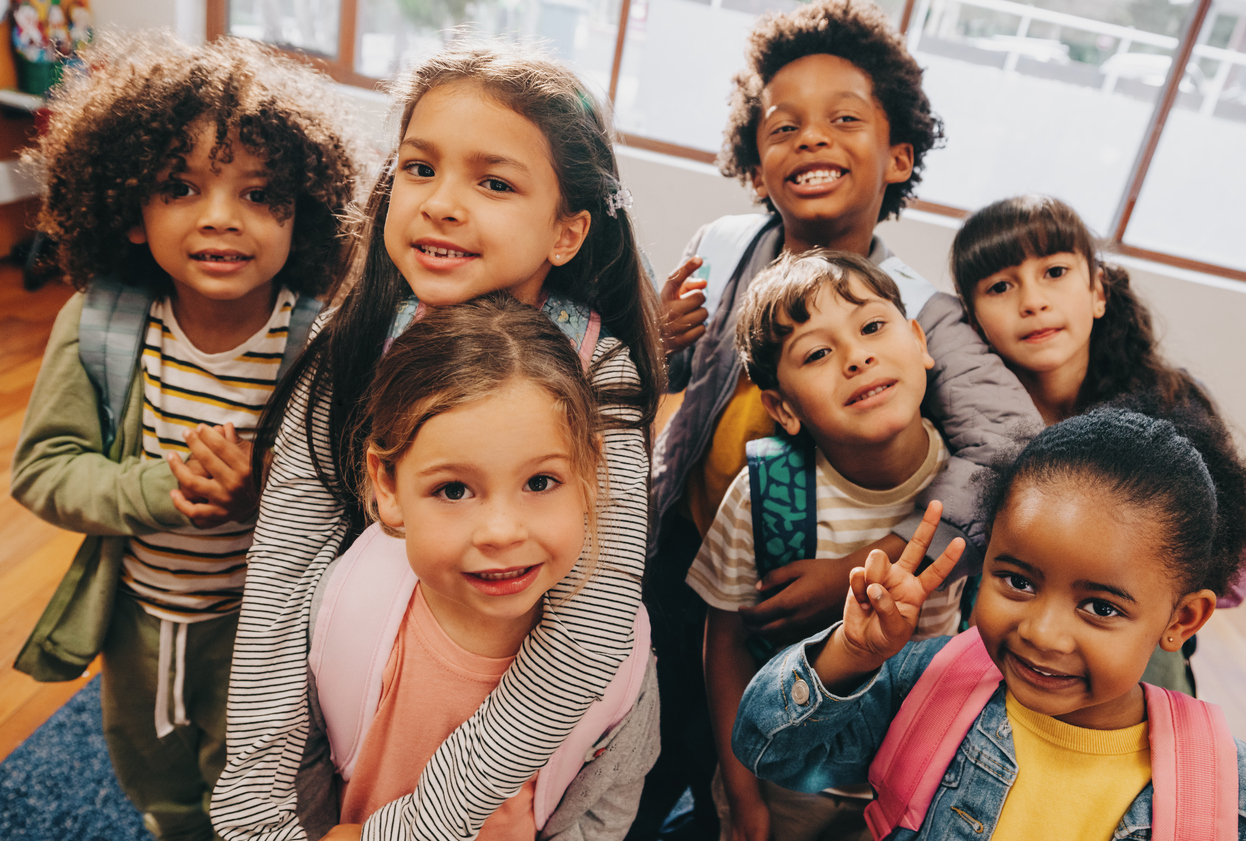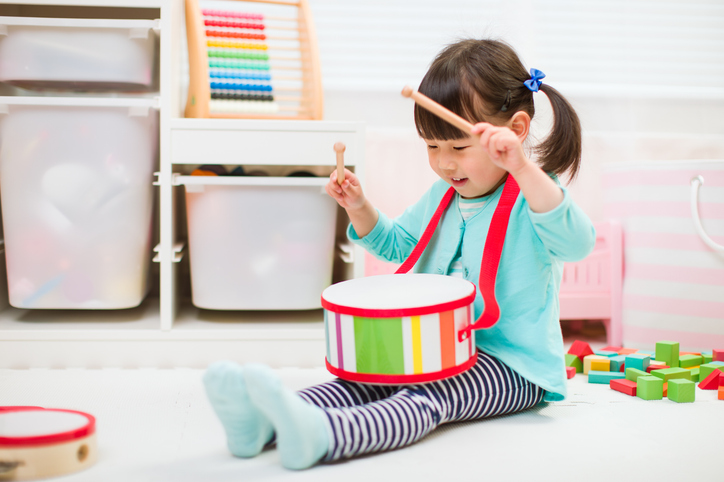Meaningful Service Learning from the Early Years On
Felicia Gordon Director, The Brownstone School
Teaching our children about community service is as important as ever and one of the best ways to model empathy. Using age-appropriate ways to incorporate community service into your home is essential in showing young children the value of kindness, compassion, and selflessness. Volunteering helps the community at large and teaches your child a variety of life skills such as acceptance, tolerance, and the ability to relate to others. There are so many benefits to volunteering and community service—for you and your children. This article provides ideas and insights on its importance and how to experience service learning with young children.
Gratitude and kindness are concepts to be practiced at home and in the community. Being grateful is a core value that leads to so much of what we stand for as human beings, including participating in action items in our neighborhoods and in the world. Expressing gratitude to one another is the essence of what we can convey to young children and is a responsibility to ourselves, to each other, and to our community. Acknowledging gratitude for what we have by helping others is a powerful and effective way to make the world a better place.
Supporting those with vulnerabilities in their lives is a value we agree on and hold near. Whenever possible, we should create conversations with our children about those who are less fortunate. We should talk about recycling and how it helps repair the world, and about being kind to animals and people: all values that permeate society and are accessible to young children who often show innate empathy and observation of profound concepts.
One of the ways to introduce the concept of community service and helping others is to explore the difference between “wants” and “needs” with young children. Simply talking about how a need is something everyone must have to be healthy and grow is helpful. After introducing this notion, you can discuss how a want is something that brings happiness, but is not something we require to thrive. The goal of these conversations is for children to begin to understand the difference between wanting and needing, and acknowledging the simple, yet complex necessities of life.
At the core, there is a strong belief that preschool-age children are the youngest citizens of the world, the powers of change, and are setting the tone for years to come. Through community service, young children begin to understand that their voice and actions matter; we are helping to make the world a better place, a more tolerant place, and a more beautiful place. It is the hope that through active, hands-on learning, and setting the tone for community service in the early years, young children will participate in positive projects throughout their lives. It is our social responsibility to help honor the planet, do good for others, and help those less fortunate. Children are part of that mission and are capable of executing the goals of building community.
Children of all ages can contribute to the world around them and make a meaningful impact. Any community service project or initiative you engage in should be identified as meaningful to your family. To prepare for any community service activity, a conversation with children about the importance of helping others in need will help children gain deeper understanding.
Here are some concrete ways to introduce and participate in community service with young children. There are many books you can read to help initiate the conversation. For example:
- Maddie’s Fridge by Lois Brandt
- Stone Soup by Marcia Brown
- Miss Rumphius by Barbara Cooney
- Last Stop on Market Street by Matt de la Pena
- Here We Are by Oliver Jeffers
- Thank You, Omu by Oge Mora
- Curious George Says Thank You by Margaret and H.A. Rey
- Rainbow Fish by Marcus Pfister
The central theme of these books is the importance of getting along and how that leads to safety and comfort for others as well as ourselves. These books frame ideas of sharing and caring and provide opportunities for children to learn the meaning of giving in concrete, tangible ways.
If you are active in community service, your child will want to be active as well. When you are involved in doing good in the neighborhood or the world, your child will naturally gravitate to doing good as well. It’s an opportunity for children to spend special time with you and participate in your interests.
Find something fun for you and your child to do together. What are some of the things your child loves? Animals? Maybe there is a shelter looking for volunteers. Does your child like nature and digging in the dirt? See if a local park will let you plant flower and vegetable seeds. Is there a soup kitchen nearby? Ask if you can drop-off healthy packaged foods.
Community service doesn’t have to be time consuming. Eliminate any roadblocks to participating in community service by avoiding an activity or project that requires more time than you can commit. For instance, when book buying for your family, ask your child to make a special choice for a child in need. Or suggest looking at the toys in your child’s closet to find one to pass along. The most important thing is to make time to do something consistently so it becomes part of your family’s traditions while engaging your child.
Talk to your child about social issues like homelessness, aging, illness, etc. These conversations provide context for young children about why they are involved in doing special projects. Have these conversations in conjunction with visiting a soup kitchen or retirement community.
Enlist the help of friends and extended family members. Are you thinking of making care packages for a local food pantry? Ask friends with young children to help assemble these packages with you. It is always more fun doing things with others so your child sees how gratifying it is for everyone involved.
Participating in community service projects is transformative for children and adults alike. For young children, these community service experiences enable them to see the benefits of making a positive impact in their community. As active citizens of the world, volunteering at a young age instills the value of giving back and children are more likely to continue the volunteer habit throughout their lifetime.
Lastly, remember that the act of volunteering feels good and when children feel good about themselves, they see how their actions help reach others. When we do something gratifying, we are more likely to continue. Often it’s the little things we do for others that make a big difference in life.
Felicia Gordon is the director of the Brownstone School, a play-based preschool program for children from ages 2.2 to five years old on the Upper West Side of Manhattan.
This article appeared in the 2024 issue of the Parents League Review. Get the current issue of the Review free with a family membership. Or purchase it separately.











